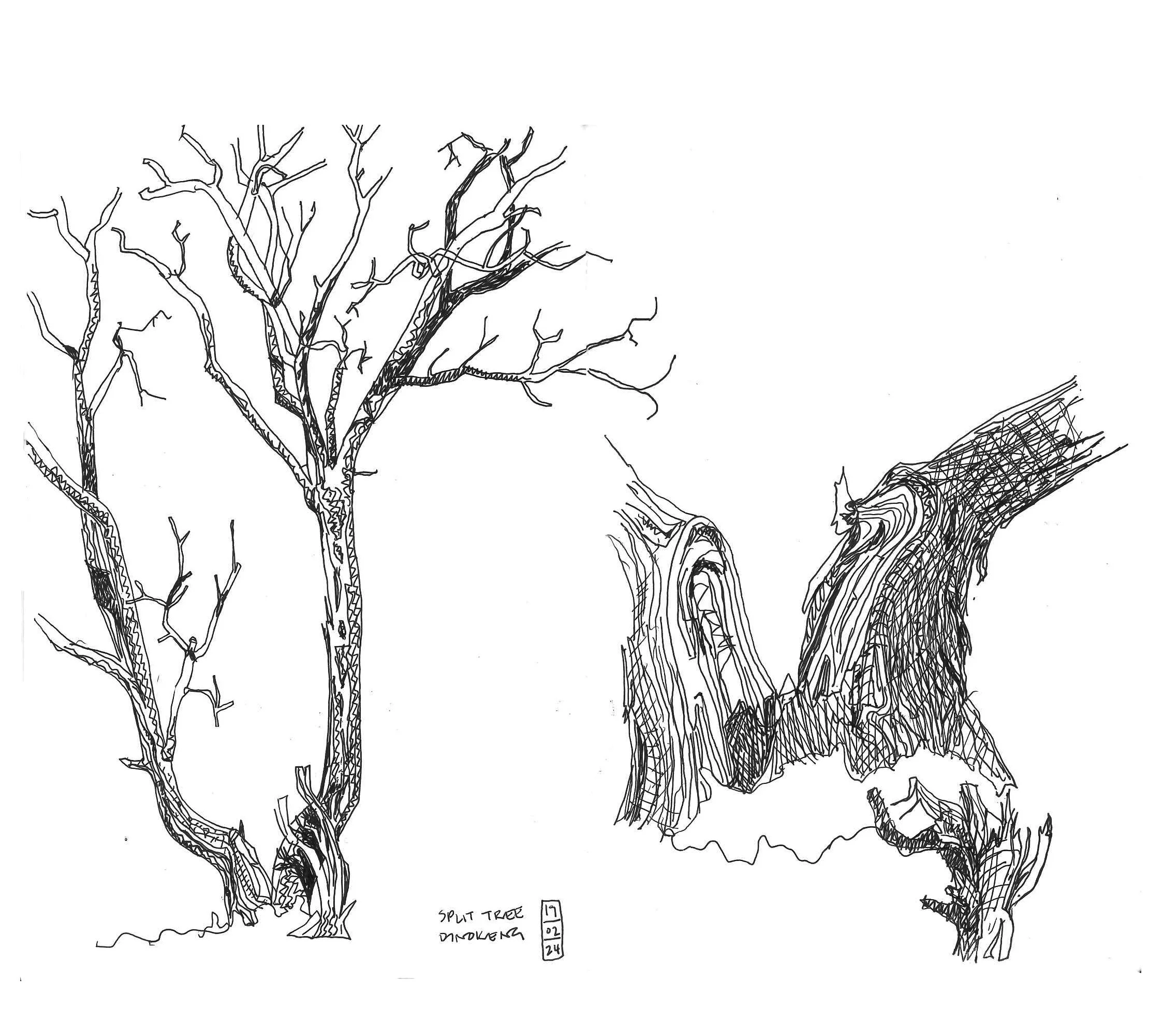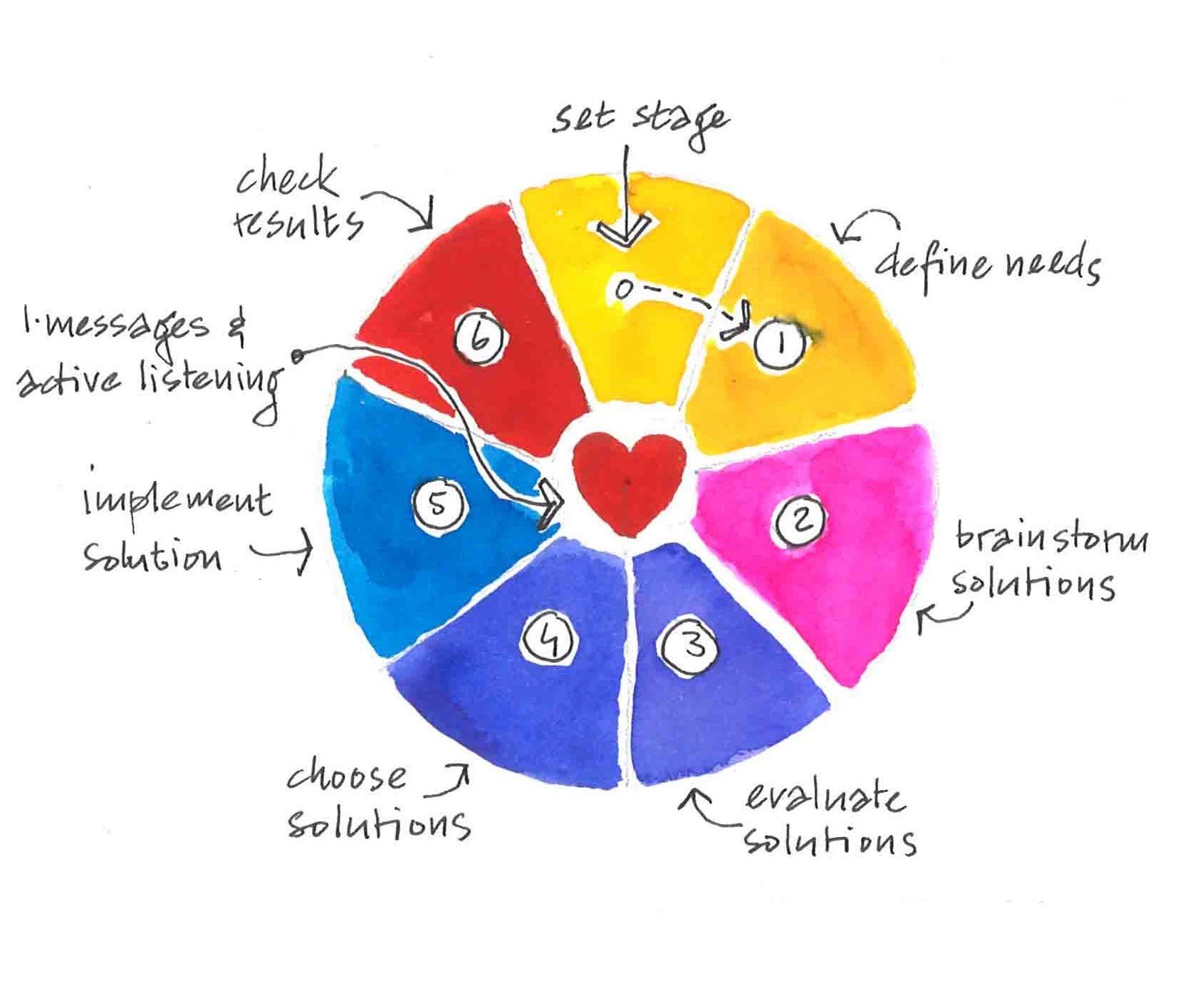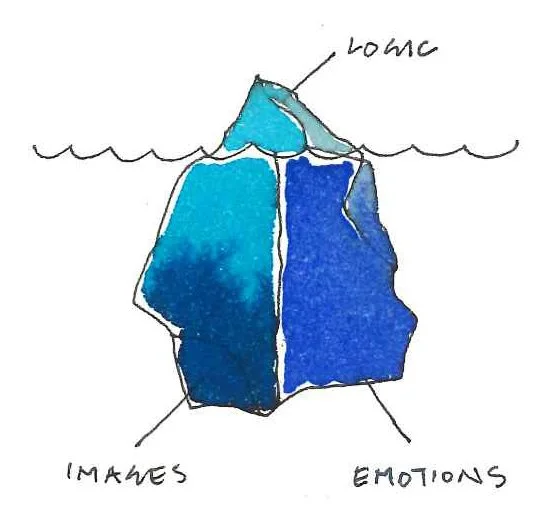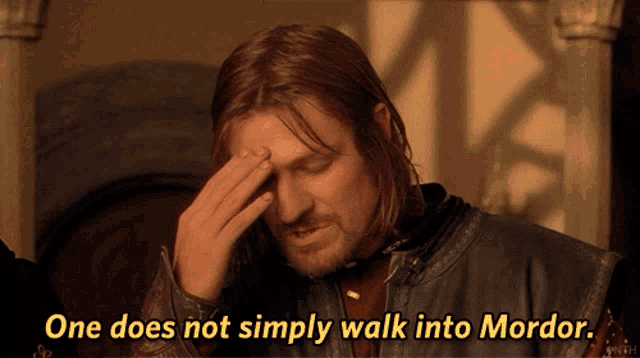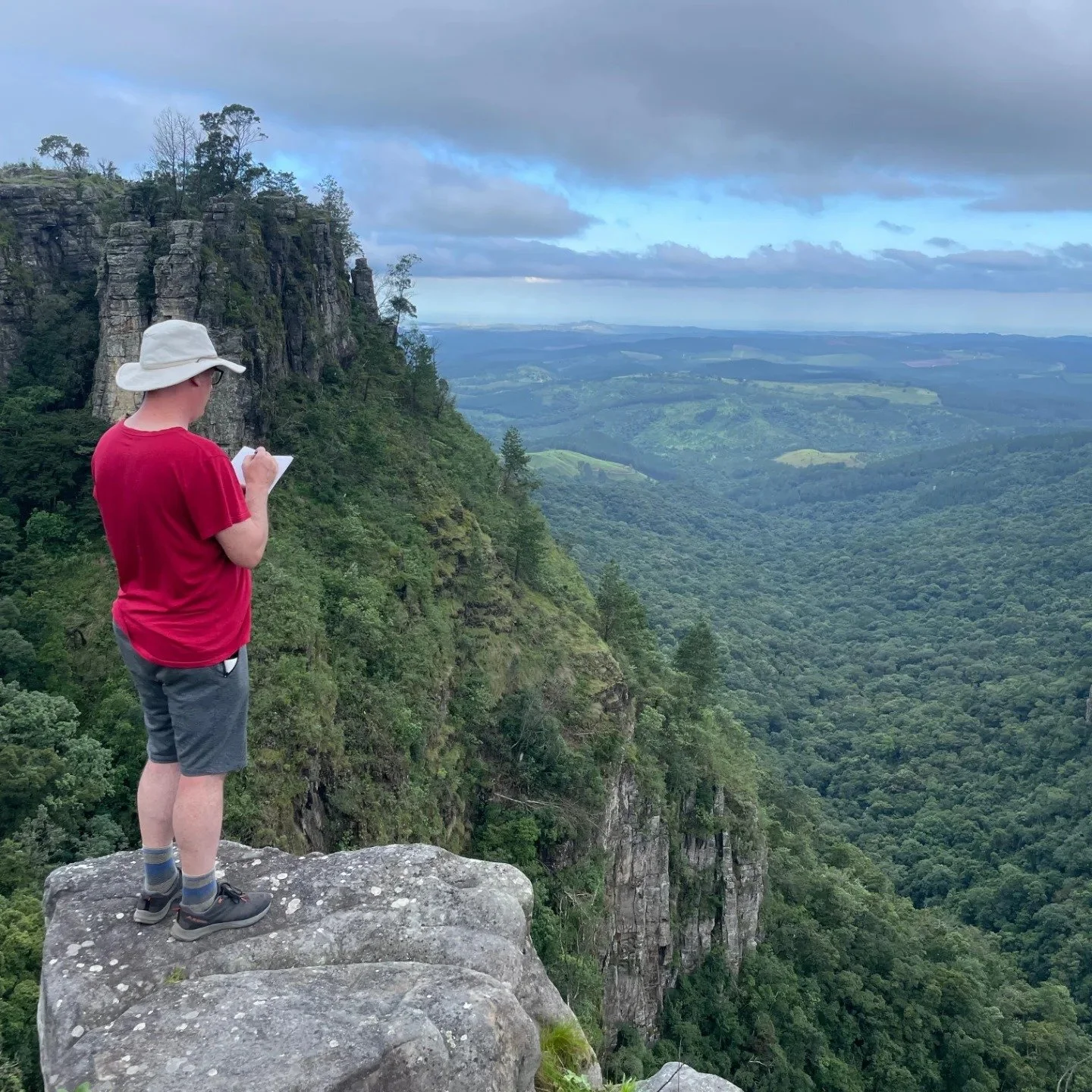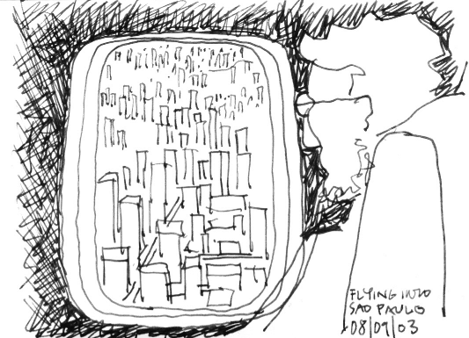How Crisis Turned Us Into Mindful Designers
Mindful Design #16
Welcome to the Mindful Design newsletter #16!
NO PAIN NO GAAAAAAIIIIN!!!!!!
This shout echoes through the park every morning and afternoon when Dennis Dlomo trains dozens of people of all shapes and sizes, including me. Like many philosophers and thinkers, Coach Dennis makes the point that through suffering we can (sometimes) grow (and our bellies shrink).
Coach Dennis, image: 2Summers
As you may infer from the opener, mindfulness did not come to me gently. In fact, I was thrust onto it as the only available raft in a sea of chaos when my life turned upside down.
Several years ago my relationship with my business and life partner ended in a separation. Shortly after that, my young son and daughter moved overseas with their mom, and shortly after that COVID hit, business ground to a halt, and I bled cash whilst pining for my kids and experiencing debilitating feelings of guilt and shame. It was a dark time. Nothing was ok and I hated my job as an architect locked into projects showing negative returns in which everything seemed to go wrong.
Sketch made at the time
With help from various quarters, I was introduced to the idea of mindfulness. I was skeptical, and still am at the fix-all prescription mindfulness can become. But what I did learn was to take things slower, to learn to accept how I felt, recognize what can change, and what can’t, and to take note of things with curiosity rather than knee-jerk judgment. This approach helped me take one step at a time. With support, I identified the next steps, sensing that these might compound into something better over time. One of the first steps was to resign from all my public projects. That was super scary. These were huge projects, but with stupid discounts and punishing time frames - the classic ingredients in a recipe for building disaster and not great for my mental health.
I then enrolled in a business coaching and a marketing programme, at first reluctantly, believing marketing and sales to be sleazy and manipulative. But the opposite proved true. I learned how to identify problems and the value that can be unlocked in understanding and solving them well. One of the main assignments during the training was to create a new category for my business. Still clinging to my life raft, I decided to structure my practice as a Mindful Design firm. With this came more clarity and purpose, a way of looking at, talking about, and practicing architecture that integrates physical, mental, and financial well-being.
But the skill that really helped the most, was becoming better at communication. I enrolled in a course to help engage more meaningfully with my kids who were going through adolescence on the other side of the globe. Learning to use active listening, mirroring, I-messages, and a structured way of problem-solving was a game-changer! So much so, that I enrolled in the next course on personal development based on the same principles. I learned how to build deeper understanding and trust within myself, connect with those I love, and the people I work with. As an architect, I started helping people identify the deeper needs that drive a project by asking questions and listening. These needs are not always apparent, but once articulated, they act like a lighthouse guiding everyone involved.
Diagram of Thomas Gordon’s Method III problem-solving process. Image: Thorsten Deckler
The iceberg metaphor illustrates how we use logic to justify actions that are driven by mental images and emotions we’re not always fully conscious of. Image: Thorsten Deckler
As much as my crisis sucked, I have come to appreciate it as a gift of sorts. It provided the discomfort that led to change. Just like I don’t willingly do 100 squats without Coach Dennis motivating me to, I only learned about mindfulness, how my brain works, and better ways of communicating because crisis motivated me to do so. It forced me to find the people and resources that would help. The result is a better life, not without struggle, but with a bit more calm and self-assuredness, and a business I believe helps people build a better world.
But
The building industry is still located in Mordor*, Middle Earth, riddled with quick fixers rushing you into solution mode without thinking things through. That is why 85% of building projects go out of control. And that is why you need a ‘Coach Dennis’, someone in your corner keeping you out of trouble. Think of me as that coach with the processes and tools that help you avoid becoming part of the 85%.
Mordor* -the land of evil in Tolkien’s Lord of the Rings. Ok, I’m being overly dramatic. I love building, it’s the best part of being an architect - when everything is coming together. But it can also be the worst experience when things don’t go according to plan unleashing a chain reaction of f*ups.
Ok, so just don’t build!
Not many architects will advise you to not build because we earn our money designing buildings. But we believe it’s not always necessary. That is why we have developed a niche called Space Planning which will help you re-organize your spaces (be it a home or a set of office blocks) so that you don’t have to build.
But you really want to build (see Mordor without the risk of pain and death)
If you still want to build, then here’s the Mindful Design Approach, a road map that helps you navigate the building journey, avoid the classic pitfalls, and increase your chances of getting it right.
Travel safely.
We have created a bunch of offers and resources to help you take the best first step in your journey. You can check them out here. You can also watch our 6-part Badass House series, covering the ins and outs of designing and building a custom home here.
Other Resources:
Here are the organizations, people, and books that helped me. I also include some TV shows and movies, because we all need distractions (that don’t make us dumber) to get us through those shit storms.
Marketing training: Architecture Marketing Institute (AMI)
Parent Effectiveness and Be Your Best Training: Heidi Malan parentssouthafrica@gmail.com
Art teacher: Bronwen Findlay
Business Coach: Rion Willard
Therapist: Esther van der Walt esthervanderwalt@gmail.com
Gym coach: Dennis Dlomo +27 60 401 1344
Books:
“The Slight Edge” by Jeff Olson
“The Road Less Travelled” by M Scott Peck
“The Power of Now” by Eckhard Tolle
“On All Fours” by Miranda July, just because it is weird AF, just like life
Movies & TV Shows
How to with John Wilson
Bordertown
Dark Winds
Borgen
Will & Harper
Sex Education
From the Sketchbook
Image: 2Summers
Pinnacle Rock, near Graskop, Mpumalanga, sketch: Thorsten Deckler.
As laced with problems as it is, South Africa is also beautiful. Drawing has been a good way of taking this in. On our recent road trip through Mpumalanga we encountered waterfalls, ravines, forests, and crazy rock formations, as well as 100’s of local tourists enjoying themselves. For more sketches head over to The Thinking Hand.
Here’s to a Happy 2025!
May you enjoy beautiful scenery, plenty of snacks, and a good soundtrack on the pothole-riddled road into 2025.
Love,
Thorsten.
Help us spread the love by sharing this newsletter and following us on social media!
Thorsten founded 26'10 South Architects (named after the latitude of Joburg) together with Anne Graupner, in a fit of enthusiasm for their hometown. The only other place he likes as much is Sao Paulo, a bigger, more intense version of this place.



